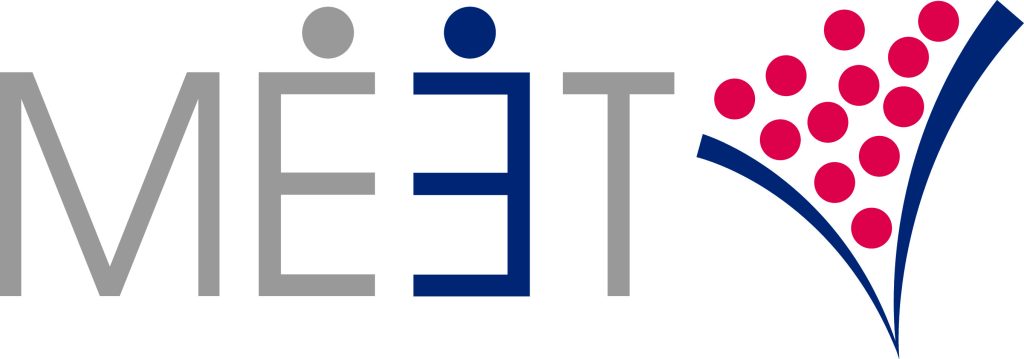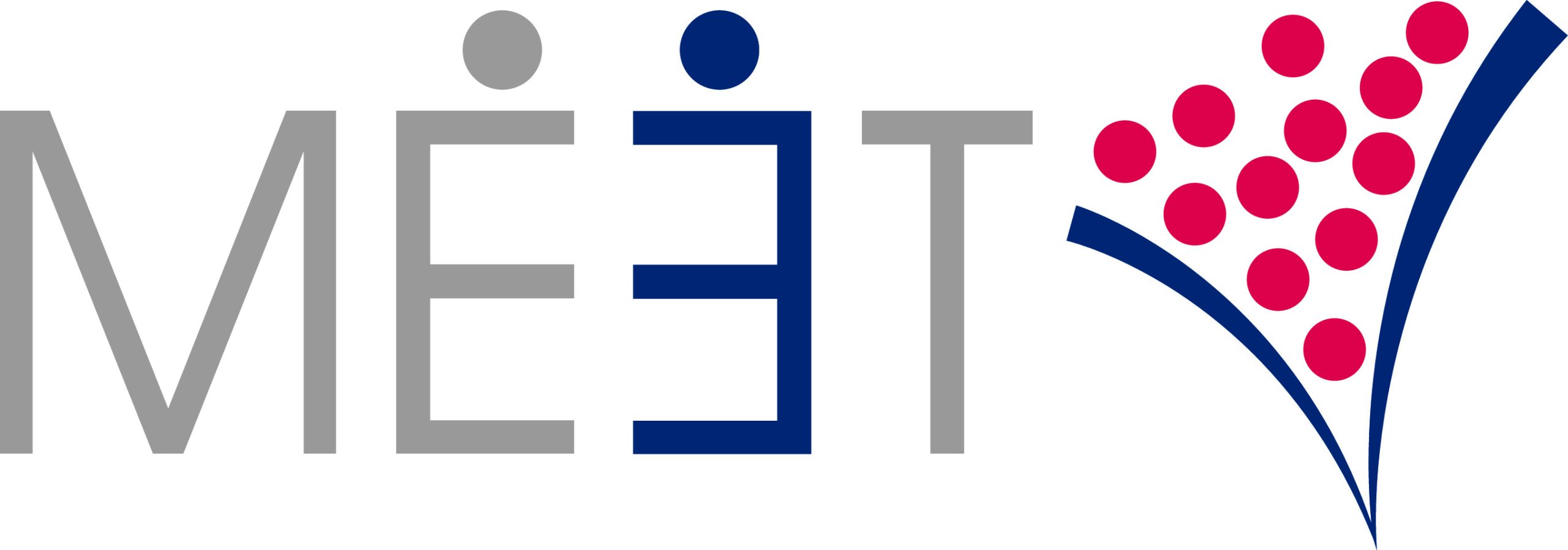As the world’s sixth-largest manufacturer, powered by a labor force of 520 million, India market-entry is a massive consideration for many globally scaling firms.
 On November 12th we spoke with Nilesh Gopali, Founder and CEO of the investment and business advisory firm AAVOR in an interview titled: Capitalize on the India Growth Story for Market Entry. Our goal was to explore the type of questions scaling firms—both in and out of India—ask themselves about how to leverage this market-entry opportunity, and where to look for help.
On November 12th we spoke with Nilesh Gopali, Founder and CEO of the investment and business advisory firm AAVOR in an interview titled: Capitalize on the India Growth Story for Market Entry. Our goal was to explore the type of questions scaling firms—both in and out of India—ask themselves about how to leverage this market-entry opportunity, and where to look for help.
AAVOR provides international business advisory services for cross-border growth of ventures, especially those where the internet plays a significant role in their expansion.
We met Nilesh this past June at the 2019 Select USA Summit in Washington DC, an annual 3-day event that joins 1,200 business owners who are looking to enter the US market from 79 international markets with economic developers from 49 U.S. states and territories.
Nilesh has gained a unique market-entry perspective from the 15 years he spent working in London before returning to start his own consulting firm in India. Nilesh credits his transnational business experience with his coveted ability to understand both Western and Indian mindsets and business practices.
We started by asking Nilesh about the common services he provides to firms seeking to enter the Indian market.
What services are most needed for India market-entry companies?
“I help international companies from the point of initial market-entry validation to full operation in India. I also help US and UK companies raise cross-border funds and vice-versa.”
Interestingly, while some companies exploring India market-entry have a great deal of scaling expertise within their own organization, Nilesh noted that it isn’t until they are exposed to the cross-border vision and market validation that they become aware of its value.
As such, Nilesh helps companies unearth not-yet-developed, uniquely relevant products or services where skills and expertise already exist. He then works on developing these assets with the board of directors and scaling them into India or other Asia Pacific markets.
What are the major differences between entering the US or the UK and India?
Nilesh immediately pointed to business culture as the first major difference between doing business in India versus the West. “The West is more transactional, whereas India is more relationship-driven,” he said.
Nilesh also pointed to India’s vast scale and broad geographical and economic differences as an important distinction that impacts distribution and pricing models.
“India is very price-sensitive. If you are entering the U.S., Canada or the UK, you might go in with a similar business model and pricing scheme nationwide. When it comes to India, each region is almost like a separate country with different languages and cultures, and as such, different markets. All that needs to be taken into account when scaling.”
To manage these challenges, Nilesh explained that many international scaling firms use a third-party distributor model in order to fully capitalize on the market.
 “With a population of close to 1.4 billion people, you have to think differently in terms of culture, price sensitivity, and your scaling model. Especially for B2C companies, you may not be interacting with the customer directly, which is an adjustment for many parent companies.”
“With a population of close to 1.4 billion people, you have to think differently in terms of culture, price sensitivity, and your scaling model. Especially for B2C companies, you may not be interacting with the customer directly, which is an adjustment for many parent companies.”
Prior to entering the Indian market, what kind of assessment do you do?
According to Nilesh, the old market-entry technique of putting in place a team, securing a property and setting up a sales channel, will not work. In today’s Indian market, it’s all about sales. Here’s how Nilesh helps firms test their viability.
“We engage in a two-step process to determine if there is an opportunity to sell your products and services in this market. The first step is the traditional market-entry practice of going and talking to people and doing research on product-market fit.”
“The second, which is the most important, is proof of concept or a pilot customer. That is what makes or breaks India market-entry.”
Nilesh suggests that before setting up your company in India, and even before hiring a local team, investing in proof of concept and some early-adopter customers. This, “actually gives you a complete vision of the opportunity and opens up so many avenues for feedback that you previously may not have thought of.”
Looking for make or break tips to India market-entry? Nilesh suggests early, robust investments in market validation and, especially for B2C companies, working with a third-party distributor to engage the breadth and depth of the Indian market.
For more insight into India market-entry, check out our full interview with Nilesh Gopali here. To check out all of MEET’s webinar content on how to successfully scale your company in the U.S. market, subscribe to our YouTube Channel.
About
MEET (meetroi.com) helps international B2B growth companies soft-land and scale in the U.S. through trade shows and in-person events. MEET’s processes help its clients ramp-up sales quickly and maintain a steady stream of high-quality prospects going forward. Contact Bill Kenney for a no-obligation conversation: bill@meetroi.com or +1 (860) 573-4821.

